Sir an officer under the Second Empire, is proudly represented in ceremonial attire, Lady as for her chosen to shine just as much as her prestigious husband, she is represented in a royal blue outfit sublimating the pallor of her face.
The frames have been completely restored and re-gilded with gold leaf.
Period: XIXth century
Measures: H: 80 x W: 60cm
Pastel is a colored stick resembling a chalk stick. Using this stick, the pastellist obtains two results: Either a drawing, if he uses it like a pencil, or a painting insofar as he imitates the effect by completely covering the paper. Pastel is therefore a rich technique.
Pleasant, also, since it is a question of expressing oneself directly on the support using the stick without having to resort to an intermediary such as for example water, a brush, a palette. During the Renaissance, it was Leonardo da Vinci who, along with other artists, developed the technique of pastel to enhance the drawings (Cf. the portrait of Isabelle d'Este).
The great French pastellists of the 18th century are Quentin de la Tour and Peronneau who shine in the portraits. Later the technique is renewed with Delacroix, Odilon Redon, Degas, etc. Today, artists exploit pastel in all its possibilities.
From the most violent and acidic colors to the softest and most complex tones, from drawing techniques to those of the most accomplished painting, all daring is allowed. It is this need for interiority that is perhaps worth the pastel to be rediscovered nowadays.
The eighteenth century, sure of itself, brilliant, made pastel a virtuoso of the spirit. Our era of doubt would tend to exploit its fleeting, troubled side to explore in depth the meanders of the unconscious.
And it would seem that it is called for a rebirth in our era of virtual images where it perpetuates the necessary contact of the human hand in direct contact with matter.
Possibility of sale individually: 1200 € per piece


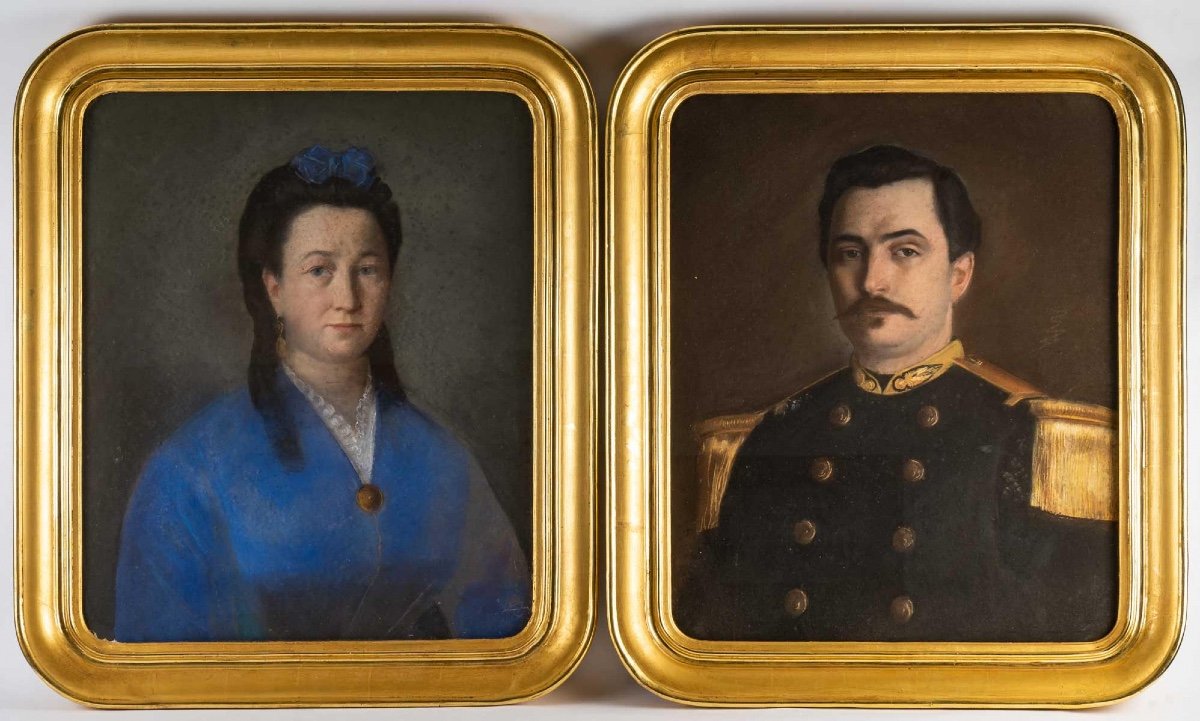


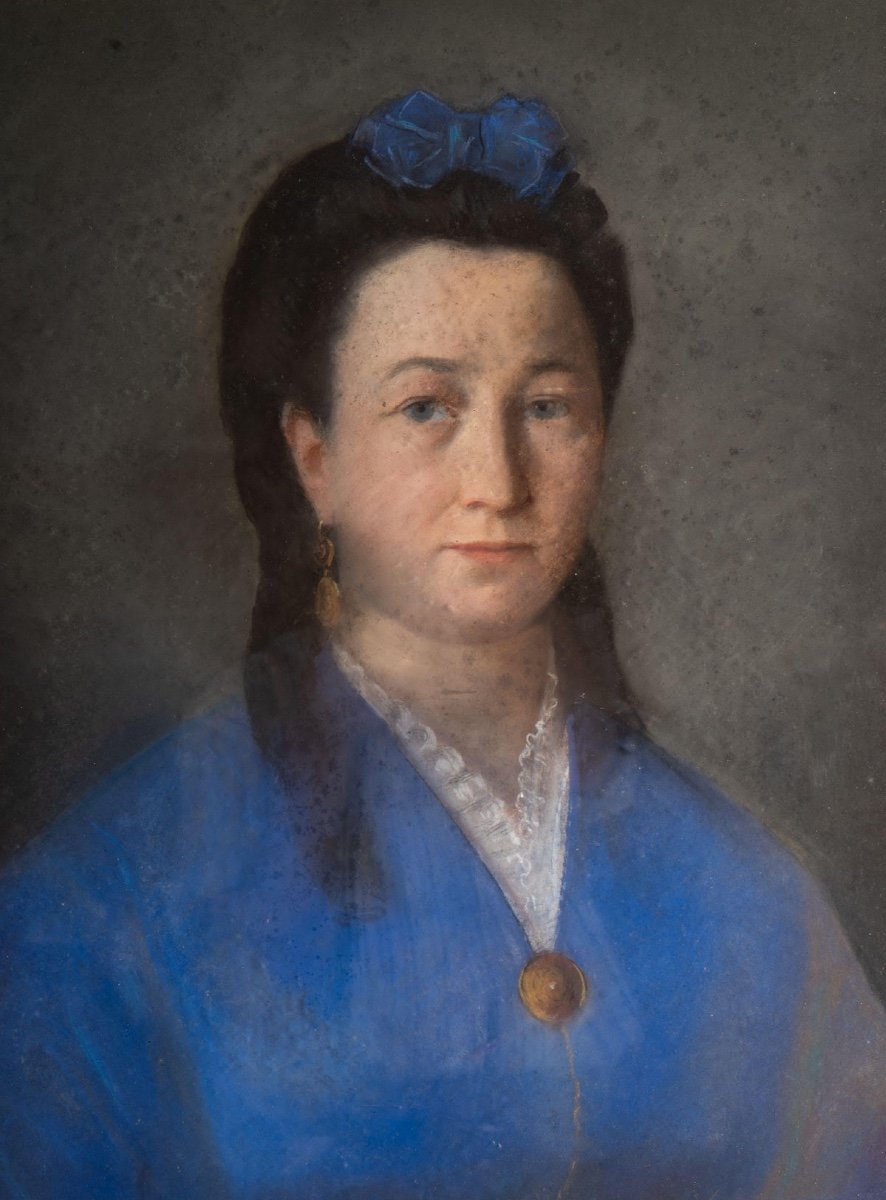
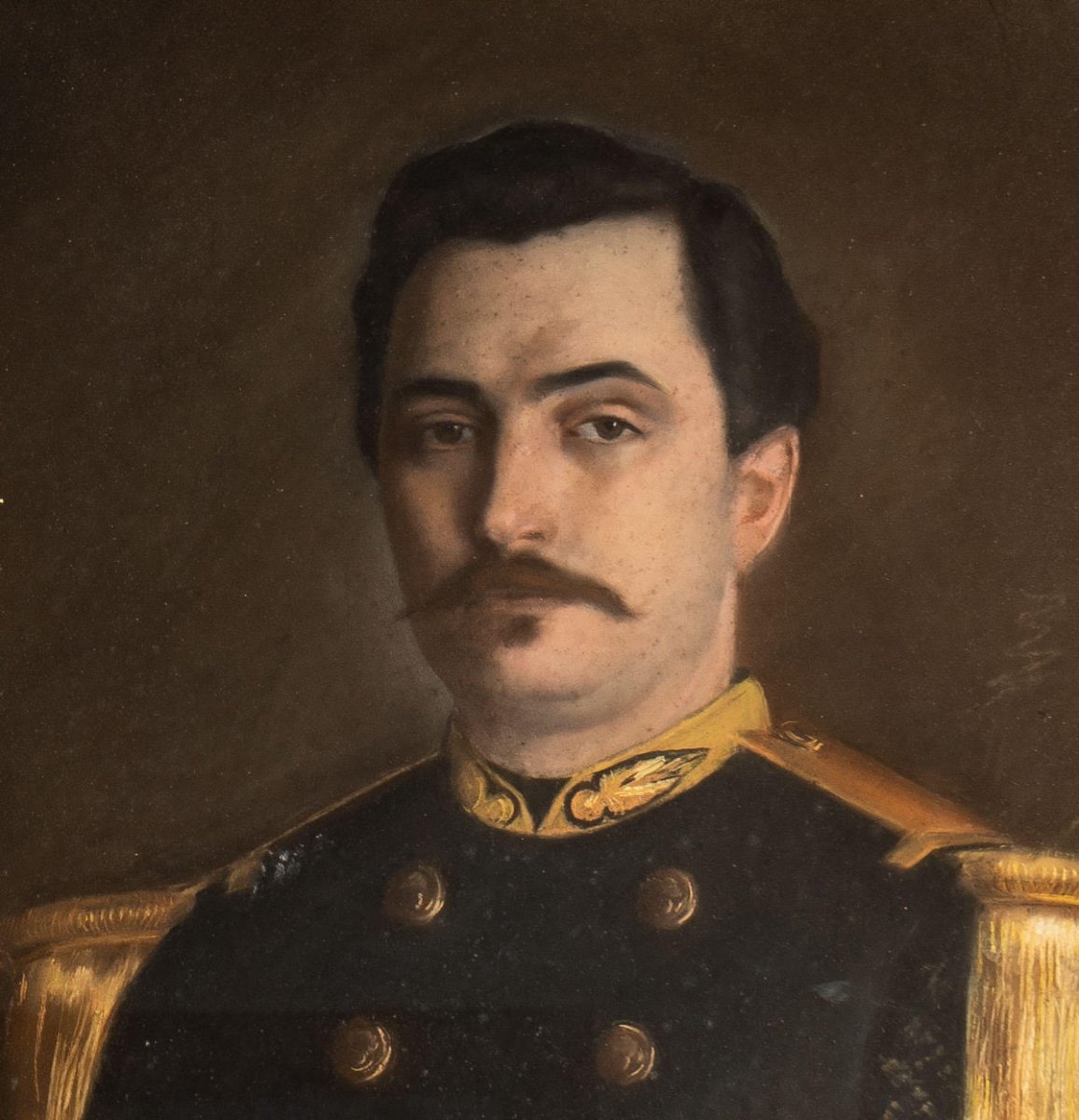








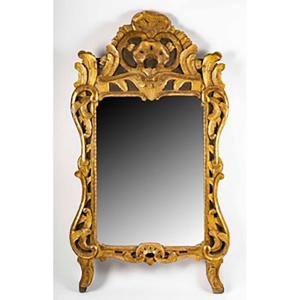


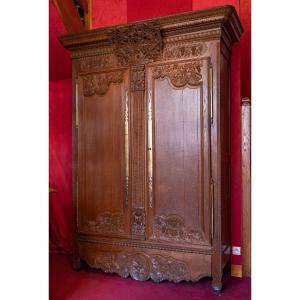
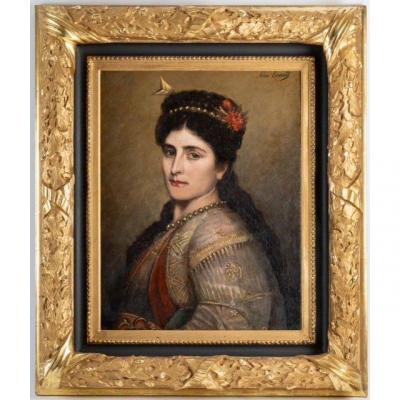




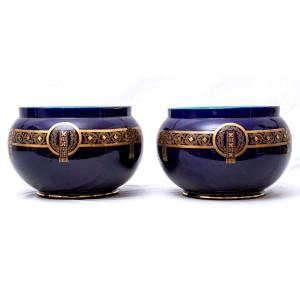













 Le Magazine de PROANTIC
Le Magazine de PROANTIC TRÉSORS Magazine
TRÉSORS Magazine Rivista Artiquariato
Rivista Artiquariato